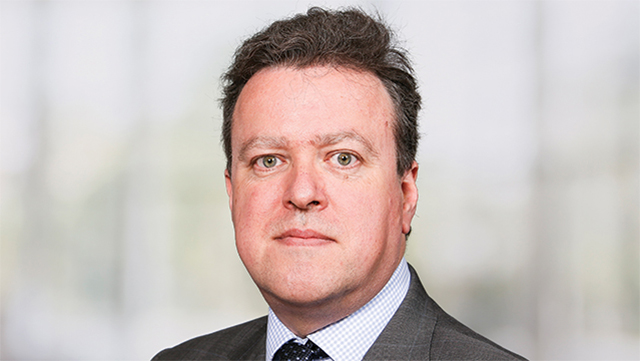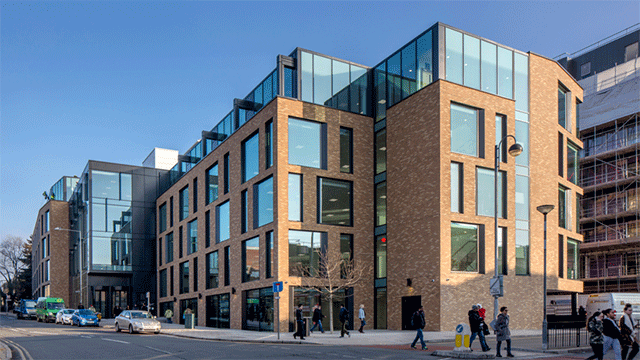COMMENT Investors are sending clear signals when it comes to investing in commercial buildings.
Assets such as Bloom Clerkenwell, EC1, the Turnmill, also in Clerkenwell and 24 Savile Row, W1, have all traded at premium levels, but that pricing is now starting to look attractive as competition for buildings with top ESG credentials far outstrips supply. The shortage has only grown more acute, and further evidence of aggressive pricing is being achieved with the likes of 1 Bow Churchyard, EC4, 45 Pall Mall, SW1, and 30 Golden Square, W1, all recently trading or going under offer following a competitive process.
Many of these assets boast excellent EPC ratings and WELL, BREEAM, WiredScore and other top certifications, setting them ahead of current guidelines and attracting premium pricing. Taking Bloom as an example, it already complied with incoming legislative targets and commanded a rental premium from occupiers that are placing an increasing focus on the emissions of the buildings they occupy. For City offices, the rental gap between prime and brand-new, best-in-class office space stood at about 37% as of Q2 2024 and could continue to widen.
Building owners are repeatedly told that they must invest significant sums to bring their portfolios more into line with these type of assets. While it’s true that there is a deeper pool of capital targeting buildings with similar credentials, the feasibility of upgrading work will vary widely depending on the physical characteristics of the building, tenancy schedules, the cost of debt, best use of the asset and many other factors.
First step
Understanding what is possible is an important first step. Even investors with the strictest criteria when it comes to ESG compliance will at times consider purchasing buildings that require some capital expenditure, provided the current owner can specify a pathway to net zero. Indeed, some of London’s largest landlords are primarily pursuing opportunities of this nature.
Other investors take a more liberal view, particularly those whose domestic markets aren’t driven by an urgency to cut emissions from buildings. These well-funded overseas investors have been in the ascendancy as more debt-reliant buyers have retrenched and will continue to be an important source of capital inflows to the UK commercial property market.
Occupier attitudes are also shifting. The shortage of best-in-class space is now so acute that there isn’t nearly enough to go around, pushing companies to explore other options. Sluggish economic growth and pressure on revenue have prompted global businesses to consider buildings that are still considered “grade A”, but perhaps aren’t quite “best-in-class” or “grade A+”.
Jury’s out
The jury is still out on whether this increased focus on not-quite-best-in-class buildings will improve capital values, but bringing buildings up to this standard will at the very least provide an improved source of income. Indeed, many investors that are seeking to purchase commercial property aren’t yet willing to pay the values that buildings such as Bloom command, so are looking at options that they perceive to be better value.
Repositioning buildings for the future isn’t an exact science. The demand from occupiers is in a state of flux, legislation can and has been postponed, and the feasibility of capital expenditure will shift as debt and build costs normalise through 2024 and beyond. However, what we do know is that the influence of environmental and social issues on the value of buildings will only grow over time, so engaging with the issue is vital for any investor.
James Carrington is head of City investment at BNP Paribas Real Estate
Photo © BNP Paribas Real Estate
Share your feedback











